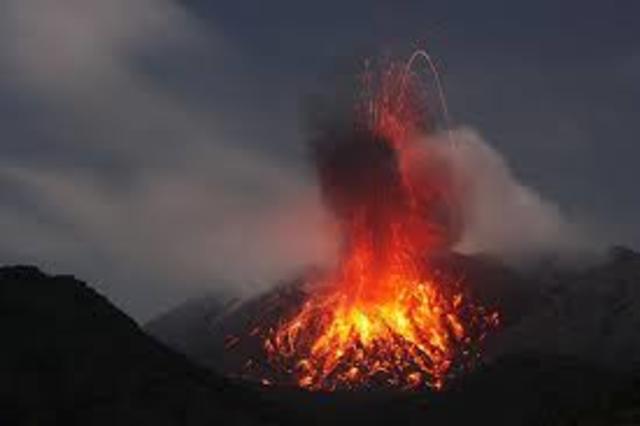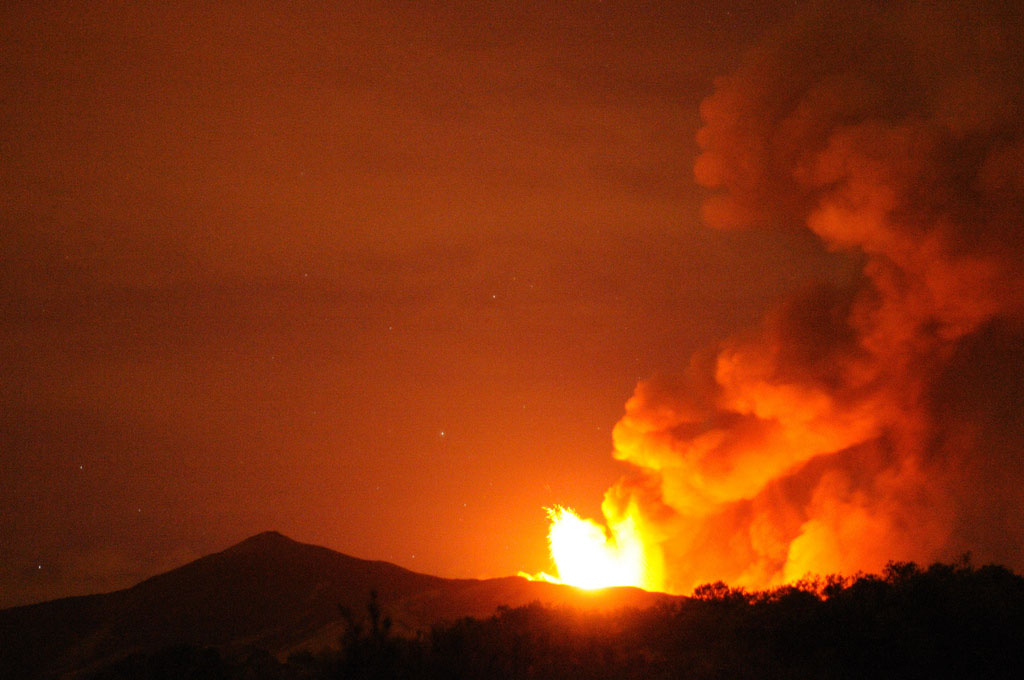

When the Eyjafjallajökull eruption caused the widespread closure of airports across Europe, the rules were relaxed to allow aircraft to fly, even if the presence of some ash had been predicted. Prior to 2010, the rules were that aircraft should avoid all ash. … and new flight rules kept London airports open…

They cross Scotland and the northern UK on 24 May, in good agreement with our results. Paths for wind passing over Grímsvötn volcano at 00:00hrs on 22 May calculated by the Met Office computer model. As I have previously written, making concentration maps of ash clouds is really hard. However, saying where and when the ash will be is the easy bit the real challenge is estimating concentrations. I think that it’s really cool that predictions made using data from some of the world’s most powerful supercomputers can be tested by a bunch of kids with sticky tape. Our new results show good agreement with the location and timing of ash-affected areas predicted by the Met Office model. Computer models did a pretty good job of predicting where and when there would be volcanic ash… Although my research is done in collaboration with a number of different organisations, the views here are my own. Below I describe what I think went well, and what can be improved. An important one was the way that the authorities handled this eruption. I have explained the main reasons for the limited disruption in a previous post. This figure is less than 1% of the over 95,000 flights cancelled during the Eyjafjallajökull eruption of 2010, despite the Grímsvötn eruption being bigger. Nine hundred flights were cancelled between 23 and 25 May and the closing of airports was controversial, with the media giving a significant platform to angry airline bosses venting their frustration. But, of course, there was an impact on aviation. Given the lack of health or environmental damage from the eruption, perhaps the title of this blog post should have been “Biggest Icelandic eruption since Katla 1918 doesn’t really affect the UK”.
/arc-anglerfish-arc2-prod-expressandstar-mna.s3.amazonaws.com/public/6X7N2V2CO5A6THVBTMR6ZQNYGA.jpg)

Effects on aviation of the Grímsvötn eruption In short, I think that computer models did a pretty good job of predicting where and when there would be volcanic ash, and that new flight rules kept London airports open, but that initial estimates of contaminated airspace were too large and the currently defined concentration zones are flawed anyway. It is more complicated than the Ash cloud is a myth! – Oh no is isn’t! story presented at the time. This blog post discusses how new flight rules introduced during the Eyjafjallajökull 2010 eruption meant that the eruption caused much less trouble than it could have done. The previous blog post explains how we know this.Īs with 13 months earlier, the greatest impact of the Grímsvötn eruption on the UK was the disruption to aviation. We found that the north of the UK (mainly Scotland) received a light dusting of ash in the 48-72 hours following the beginning of the eruption, which caused little or no health or environmental problems. The paper uses results of a citizen science tape-sampling exercise (co-organised by the British Geological Survey and this blog) along with data from public agencies such as the Department for Environment, Food and Rural Affairs ( DEFRA), the Scottish Environment Protection Agency ( SEPA) and the Met Office, to show where and when the ash fell. The final version of our paper containing the findings was published last week. During and after the eruption, scientists measured the effects that it had on the UK. The 2011 Grímsvötn eruption was the biggest explosive Icelandic eruption since Katla 1918 *, producing twice as much material as Eyjafjallajökull 2010 in around one tenth of the time.


 0 kommentar(er)
0 kommentar(er)
